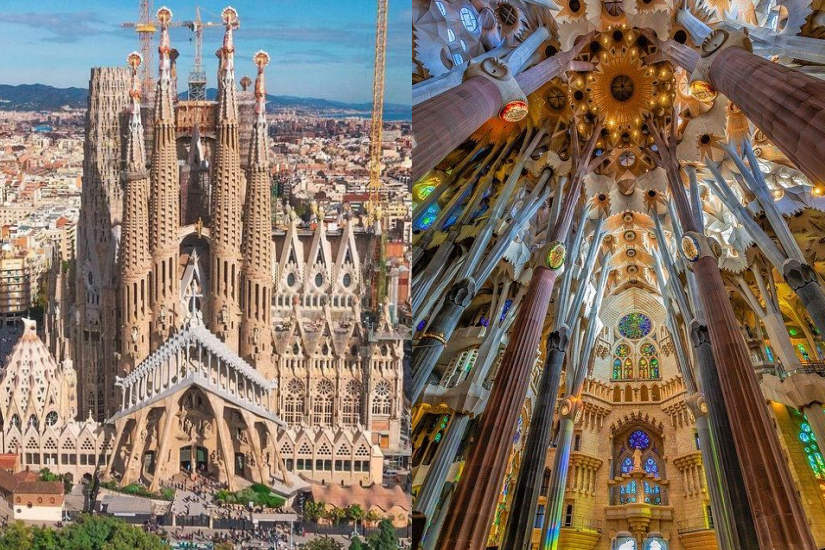Recently, the spire of the Sagrada Familia, designed by the famous Spanish architect Antoni Gaudí, was finally “topped off,” with a giant star shining brightly over Barcelona just before Christmas. Construction on this building began under Gaudí in 1889 and has been ongoing for 140 years without completion. It is the only building in the world that is still unfinished but has been designated as a UNESCO World Heritage Site. Why has this church taken so long to build, and what changes have occurred in the architecture of the Sagrada Familia over more than a century?
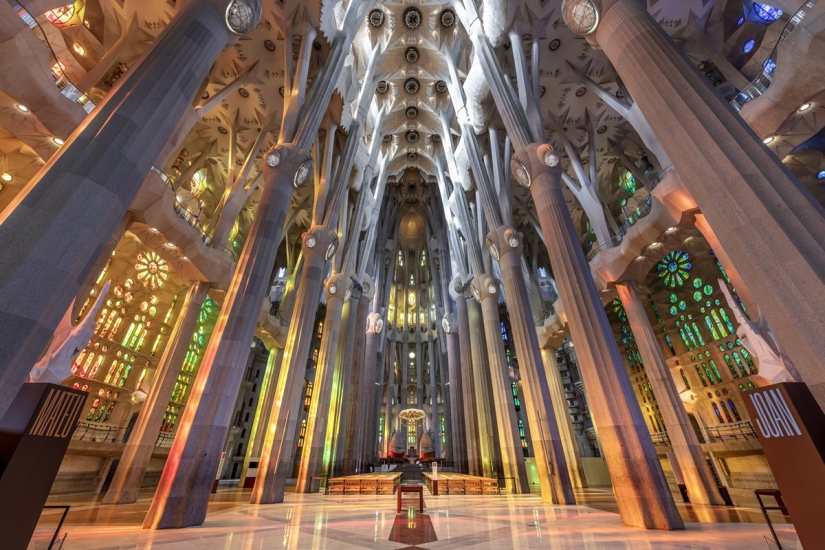
The Sagrada Familia is of immense scale, with a unique style that is unparalleled. Whether it’s the space, form, structure, or decoration, every detail showcases an astonishing craftsmanship. The Sagrada Familia adopts a cross-shaped plan, with a main altar in the apse, along with numerous tree-like columns, using materials such as ceramic mosaic and natural stone, the vibrant colors further highlight the architectural features. Standing tall in the center of Barcelona, it is particularly eye-catching.
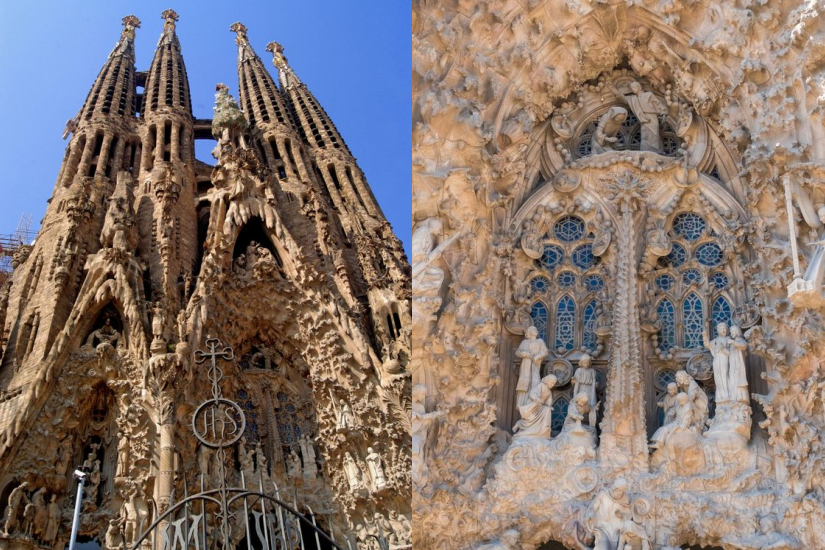
The original architect of the Sagrada Familia, Francisco de Paula del Villar, started the construction project in 1882, incorporating standard Neo-Gothic elements such as the longitudinal nave, pointed dome windows, buttresses, and sharp bell towers. Villar resigned the following year, and Gaudí was appointed to take over. He introduced many new ideas based on the original cross-shaped layout, including corner columns, double-curved vaults, and the iconic branching and inclined pillars, creating a unique and distinctive style.
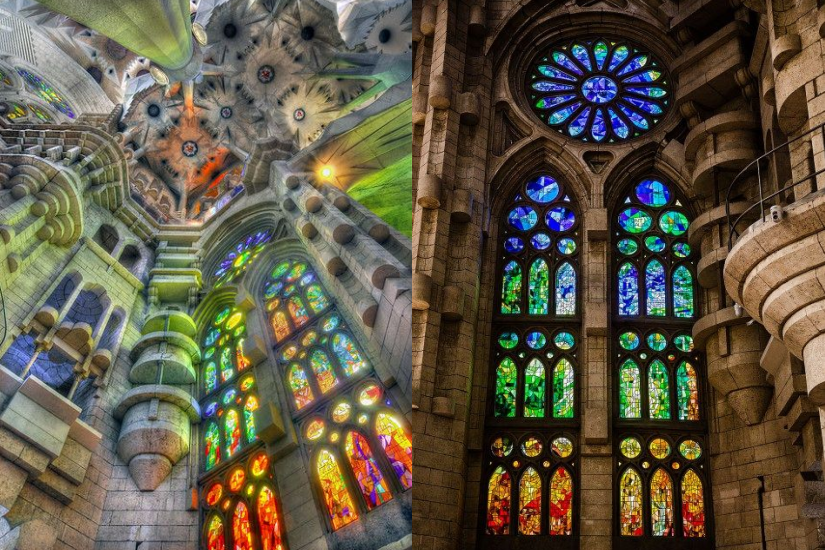
During the period from 1883 to 1936, construction workers basically used traditional materials such as lime mortar for construction. From 1915 to 1934, they began experimenting with reinforced concrete, which was used in the construction of Park Güell, Casa Milà, and the Colònia Güell church. In order to supervise the construction work, Gaudí even lived on the construction site of the church, allowing himself to focus on his work. During this time, he also created many plaster models of columns, naves, exterior walls, and other architectural elements to ensure that the workers could follow his design.
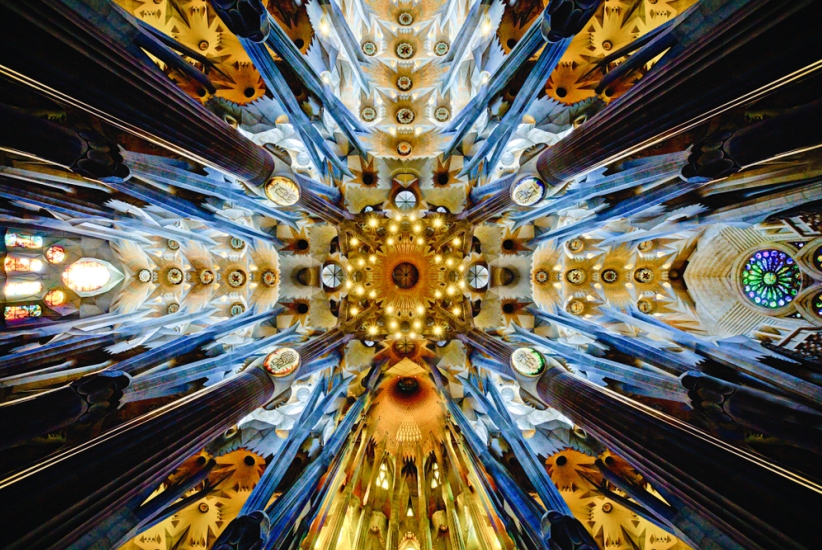
Later, Gaudí unfortunately died in a car accident, and later a large fire destroyed some of the architectural drawings. Therefore, the architects and construction workers who came later could only continue the remaining work by speculating on different details through the preserved models. Subsequently, due to the outbreak of the Second World War and the Spanish Civil War, the project was halted until society stabilized. Because the architectural history is too long, many decisions on renovations and considerations of architectural structures later on must be defined by future generations of architects and engineers, who strive to be as faithful as possible to Gaudí’s original ideas.
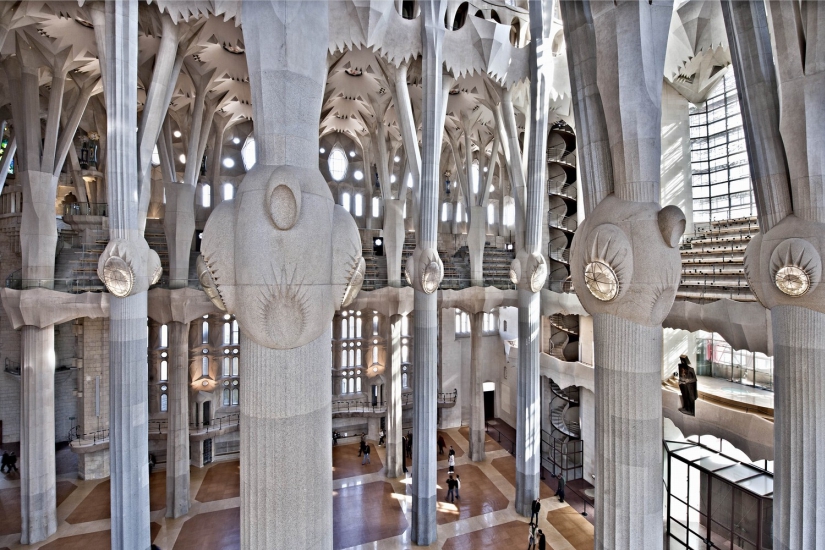
With the continuous advancement of technology, in recent decades, the Sagrada Familia has also adopted contemporary digital design and construction techniques. For example, using 3D printers to build prototypes layer by layer, resulting in materials similar to plaster. This method allows builders to manually modify the prototype to meet specific architectural needs.
Although the Sagrada Familia is not yet completed, the current progress has already amazed many people and has become one of Barcelona’s long-standing landmarks. The construction is scheduled to be completed in 2026, so let’s all look forward to this historic moment!
Image source: Internet

